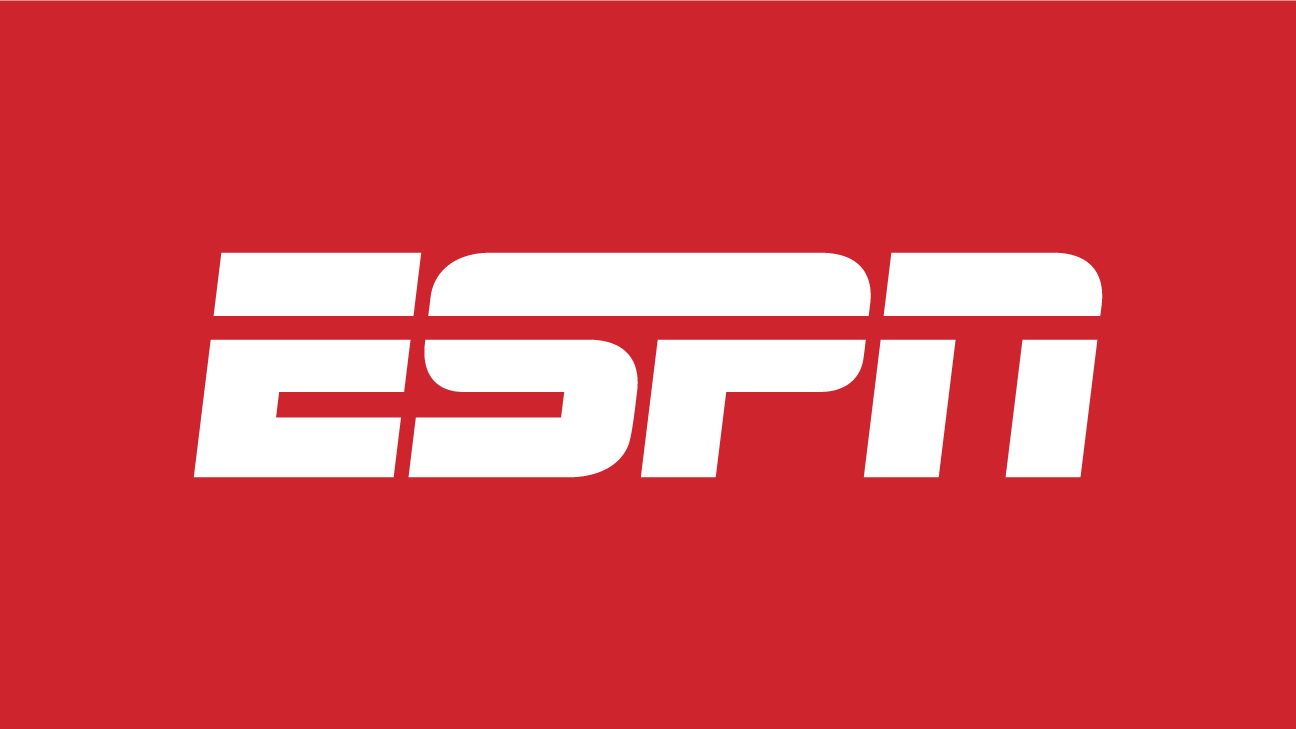
The NHL and NHLPA have cleared their financial hurdles and are pushing forward with planning talks for the 2020-21 season.
The sides are now aiming for a Jan. 13 start date, with either a 52- or 56-game schedule, sources confirmed to ESPN. The sides have communicated daily since Thursday, and the hope is to finalize a plan by the end of the week. That plan -- which will include temporary divisional realignment, schedules and protocols -- must be approved by the NHL's board of governors and the NHLPA's executive board.
This represents progress after talks cooled off the past several weeks because of a financial stalemate.
NHL owners informed the players that they're looking for additional cash flow to start the season. Shortly before Thanksgiving, the owners brought two ideas forward to players. Those ideas included players taking even more deferred compensation past the 10% they already agreed to this past summer and accepting changes to the escrow cap.
While players were frustrated by the idea of changing a financial arrangement that was agreed upon just five months ago, they told the league they would be willing to budge if they could get some concessions in concern. So the players brought several ideas forward to the league, though sources say the league didn't seem interested in any of them.
So for now, the memorandum of understanding on the CBA will remain in place, and discussions are only about divisional alignment, protocols, schedules, etc.
One positive on the players' side: One veteran NHLPA rep said he believes the players are on the same page "for the first time in a while." "It's been nice to see that united front," the player said.
The NHL is figuring out a way to help owners with cash flow. On Monday, the Sports Business Journal reported that NBA teams will each receive $30 million from the league to help with finances and protect against any liquidity issues due to the pandemic. An NHL league source told ESPN on Monday that the NHL is working on a similar plan, but didn't reveal any details on what that stimulus package would look like. The stimulus package would help teams cover operational costs and potentially allow for the rehiring of some employees who were furloughed or laid off during the pandemic.















 Phone: (800) 737. 6040
Phone: (800) 737. 6040 Fax: (800) 825 5558
Fax: (800) 825 5558 Website:
Website:  Email:
Email: 






